A Quick History of Rum
Ever wonder about the story behind your favorite liquor? Here is a quick history of rum that is sure to make your next drink a little more interesting.
Rum is one of the most popular spirits in the world, but do you know the history of rum?
It's an exciting tale of sugarcane, pirates, and the British Royal Navy. Keep reading below if you want to learn more about rum origins.
We'll discuss where it came from, how it's made, and the unique traditions it helped start.
Where Did Rum Come From?
The liquor known as rum is actually older than the United States. In the mid 17th century, sugar was the main industry in the Caribbean and West Indies.
Farmers who produced sugar across the islands struggled to dispose of molasses, which is a by-product of crushing sugarcane. When you make two pounds of sugar, you get about a pound of molasses. They had no idea what to do with it.
Eventually, it was discovered that molasses could be made into a delicious liquor that soon took the world by storm. Back then it was known as "kill-devil" or "rumbullion."
The majority of the world’s rum came from the Caribbean. While the sugar cane was exported to Europe and America, it was quite expensive to transport rum. So, large quantities of rum were shipped by boat to reduce cost. As barrels of rum became a guarantee on ships among the Caribbean waters, it also became a popular item for pirates to loot. When pirates boarded a ship, they would hold the crew hostage for ransom and steal any treasure, like rum, that they could sell off in ports.
How Is Rum Made?
As we mentioned above, molasses is the key to making rum.
Molasses is fermented, distilled, and then left to age in barrels. If you enjoy drinking rum, then you've probably noticed that it's available in both clear and dark forms.
Several factors can influence the type of rum you're making. For instance, the type of molasses used, the number of times it's filtered, when it's aged, and the type of barrel it's stored in.
Today, there are many different types of rum as distillers experiment and find new ingredients. Some of the most popular drinks made from rum include Daiquiris, Pina Coladas, and Mojitos.
Bacardi's Puerto Rico distillery is now the largest rum producer in the world. They make 100,000 liters of rum daily.
Black Tot Day: The History of Rum
Rum became an important drink for the British Royal Navy. From the 16th Century until July 31st, 1970, British sailors were given daily rations of a mixed rum called Navy Rum. These became referred to as "tots."
Daily life aboard these ships was brutal. Not only did they have to deal with the stress of operating a ship in the middle of the ocean, where one mistake could mean death, but they also fought enemy ships "eyeball-to-eyeball."
These sailors used to have multiple "daily tots" each day to help keep up morale. The practice was eventually halted in the 1970s when modern officers grew concerned with drunkenness and on-deck fighting.
Here's some good news: fans of history and rum can still order Pusser's Original Navy Rum. It follows the same historical recipe used for hundreds of years.
Have You Ever Tried Navy Rum?
Are you a rum lover? Then you have to try Pusser's and experience the real history of rum. We offer Navy Rums aged from 15 to 30 years and special labels.



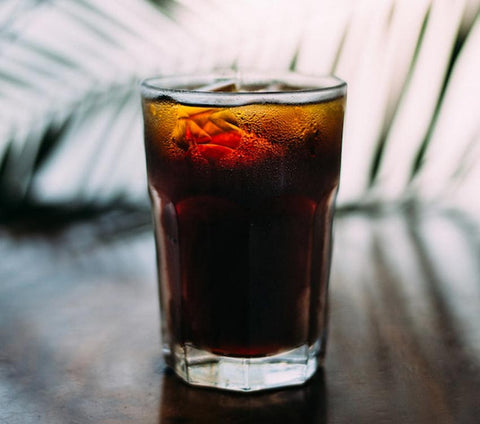

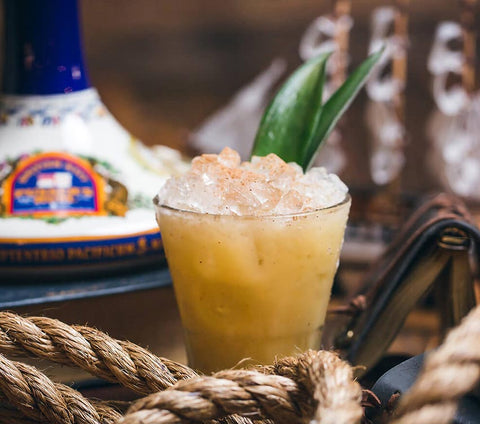
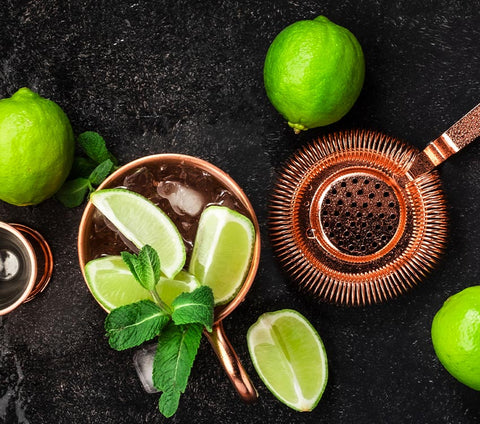
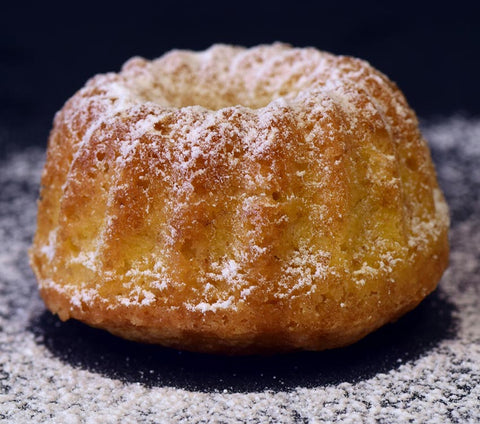
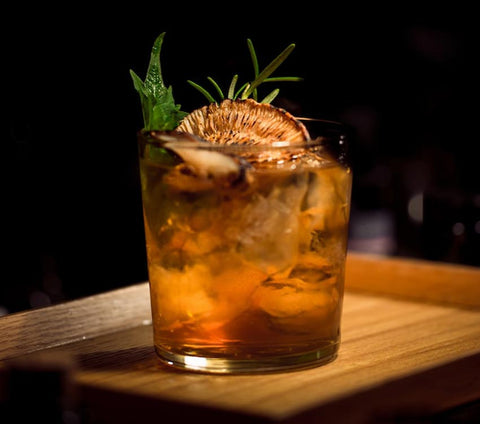
As I was drinking my daily “tot”, today Pusser’s Rum, I was interested in why the British Navy stopped the grog ration, I came upon your website. I enjoyed the history, background information and many short sections. Thank you.
As I was drinking my daily “tot”, today Pusser’s Rum, I was interested in why the British Navy stopped the grog ration, I came upon your website. I enjoyed the history, background information and many short sections. Thank you.
Leave a comment